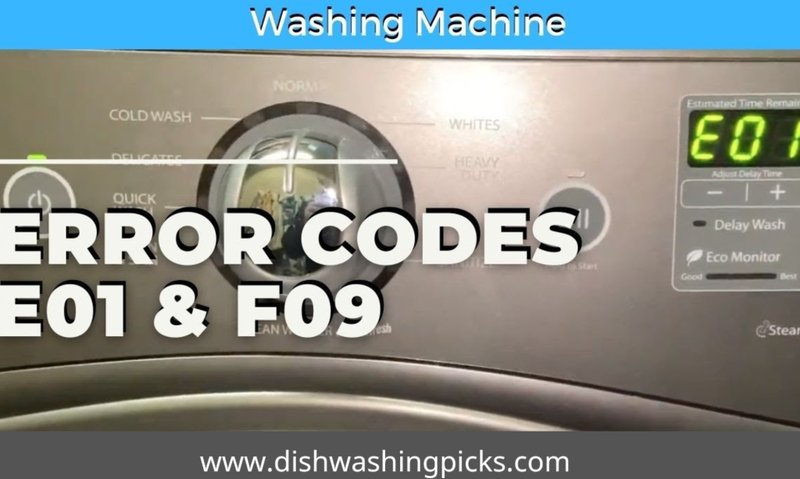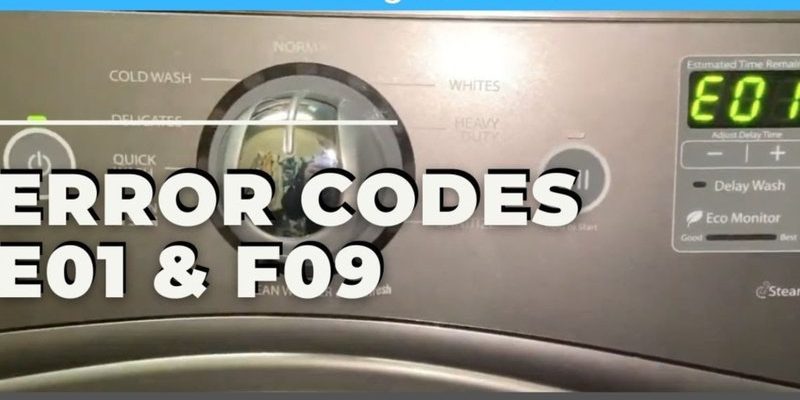
Imagine, if you will, that your garbage disposal is like the digestive system of your kitchen. It takes in leftover scraps and processes them efficiently to keep your sink clear and functioning smoothly. But just like our bodies might give us a fever to tell us something’s off, your disposal flashes the E1 code as a signal that it needs some attention. So, what’s it trying to say? Let’s delve into that, exploring the causes behind this error and how to fix it without breaking a sweat.
Understanding the E1 Error Code
The E1 error code is like a little waving flag that says, “Hey, there’s a problem here!” Specifically, for Kitchenaid garbage disposals, it indicates an overload issue. Think of it as a circuit breaker that’s tripped to prevent further damage. When too much power is being drawn, or when the disposal gets jammed up, that’s when the E1 code makes its dramatic appearance.
The overload might happen for a few reasons. Often, it’s due to something like food waste getting stuck, causing the motor to work harder than it normally should. Imagine running up a hill with a backpack full of bricks—that’s what your motor feels like when it’s overloaded. Other times, it might be due to electrical issues, like a surge in power, which can also cause the system to shut down as a preventative measure.
Here’s the key takeaway: while the E1 code might seem like a hassle at first, it actually acts as a safety net to prevent further damage to your disposal unit. It’s designed this way to avoid burning out the motor or causing electrical mishaps. So, seeing this code is more like a helpful nudge, reminding you to check and secure everything’s in order before things potentially go awry.
Troubleshooting the E1 Error Code
Okay, now that we know what triggers the E1 code, let’s dive into how you can troubleshoot it. First things first, ensure your safety by turning off the disposal at the power source. Think of it as putting your car in park before popping the hood. Once you’ve done that, you can start with the basics: checking for jams.
Inspect the disposal for any obvious blockages like vegetable peels or bones. These can often get stuck and cause the motor to strain. Use a flashlight if necessary to see inside, and consider using a wooden spoon or a similar tool (not your hands!) to gently dislodge any visible obstructions. Clearing these can often resolve the issue, much like relieving a traffic jam lets cars flow smoothly again.
After checking for and removing any blockages, the next step is to reset the disposal. Typically, there’s a reset button located on the bottom of the unit. Pressing this reset button acts like rebooting your computer when it’s frozen—giving it a chance to start fresh. Once reset, test the disposal again to see if the E1 code reappears. If it doesn’t, you’re likely in the clear!
Preventing Future Errors
If you’ve fixed the E1 error, the last thing you want is for it to come back soon. Preventing future occurrences can be straightforward with a few proactive measures. First, be cautious about what goes into your disposal. It’s tempting to think it can handle anything, but fibrous foods like corn husks or greasy leftovers can gum up the works. Like trying to blend a bunch of raw carrots in a smoothie—it’s just not a good idea.
Regular maintenance can also go a long way in keeping your disposal in tip-top shape. This can be as simple as running cold water during and after using the disposal to help flush out debris. Also, consider grinding up ice cubes occasionally as a way to clean the blades—it’s kind of like using mouthwash after brushing your teeth.
If the E1 error continues to be a problem despite your best efforts, it might be worth consulting a professional. Sometimes electrical issues or more complex problems need expert attention, much like how you wouldn’t DIY a major home renovation without some know-how. But don’t worry; with these preventative steps in place, you’re well on your way to keeping your kitchen’s digestive system running smoothly.
In summary, while an E1 error code might initially cause you to panic, understanding its meaning and knowing how to troubleshoot and prevent it can make all the difference. Now, armed with this knowledge, you can tackle any E1 code interruptions with confidence and ease.
